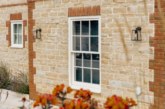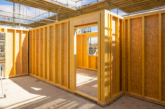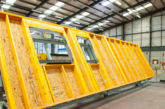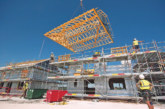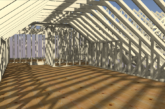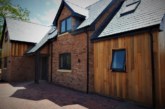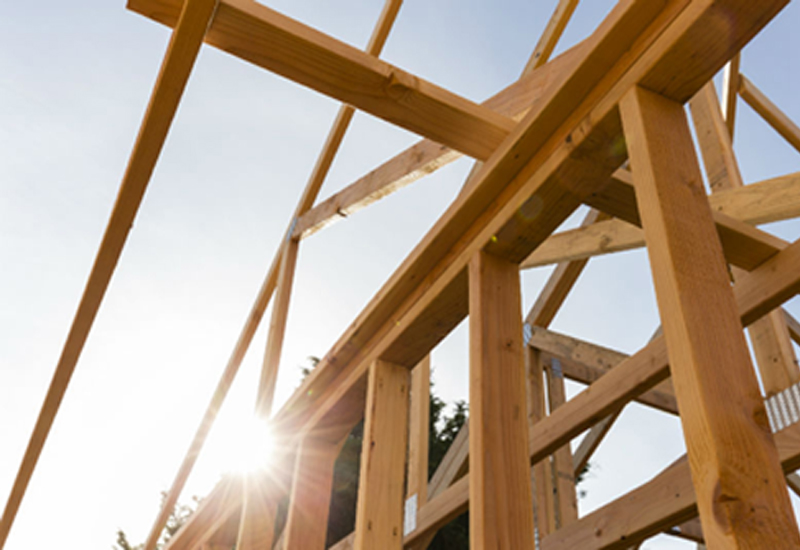
With an increased emphasis on modern methods of construction and the benefits of off-site manufacturing, the steel industry is increasingly developing new systems for homes of the future. Phil Bloomfield, Commercial Director at the British Board of Agrément (BBA), discusses how it could even challenge the dominance of timber-framed houses in the years to come.
There is nothing new about steel-framed homes, which were widely used to tackle the housing shortage just after the Second World War – and many are still standing and are being refurbished by housing associations to bring them up to modern standards.
Until fairly recently it was almost impossible to obtain a competitive mortgage on a steel-framed home because of corrosion problems and other perceived disadvantages, but that has all changed, say the BBA, who are working with key suppliers to raise standards and improve quality to meet the demand for offsite construction.
The housing and residential sector demands buildings that are energy efficient, that offer rapid construction potential and are of high quality. Steel and composite construction has achieved a significant market share in the medium-rise residential sector in the UK because of the need to build quickly, particularly in urban projects.
 The main market for steel is in multi-storey residential buildings where off-site manufacture and speed of construction is paramount. This is important in large urban projects in tight infill locations or in mixed-use buildings.
The main market for steel is in multi-storey residential buildings where off-site manufacture and speed of construction is paramount. This is important in large urban projects in tight infill locations or in mixed-use buildings.
All steel construction uses prefabricated components that are rapidly installed on site. Short construction periods lead to savings in site preliminaries, an earlier return on investment and reduced interest charges. Speed of construction in urban residential projects is important to minimise disturbance to adjoining properties.
All good news for steel then – but that’s not to say that timber-framed homes will lose out. A new report on the state of the timber-frame market suggests that the industry continues to outperform the UK economy, despite slowing slightly from recent double-digit growth.
Rising volume demand for timber-framed homes over the last few years has sustained optimism with increasing market opportunities at both lower and higher value ends of the market. This has underpinned the timber-frame market with a number of timber-frame suppliers having good or excellent credit ratings in 2016.
So the battle is on – timber or metal – they both have their place.

